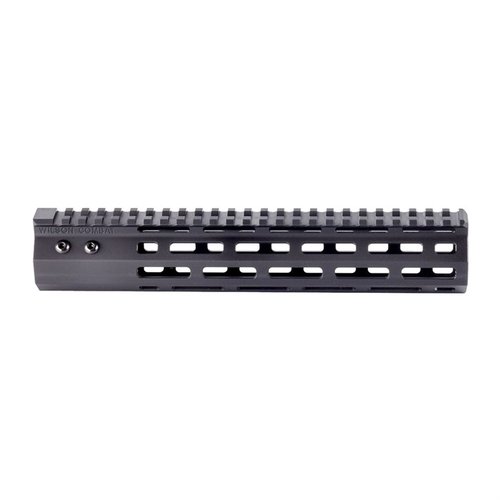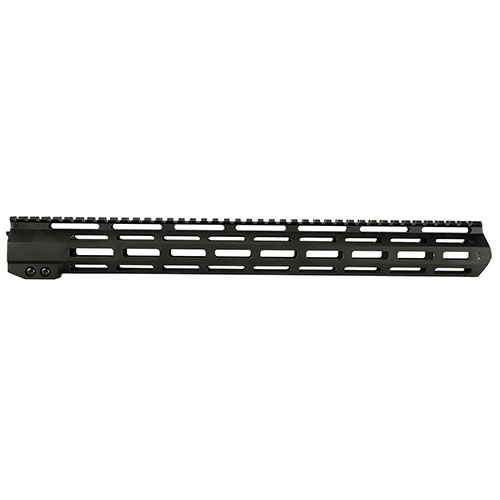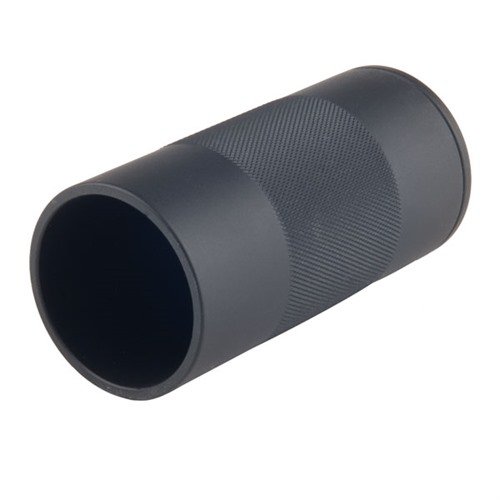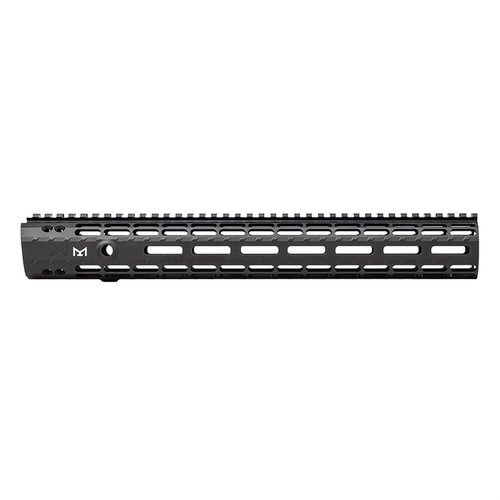PETERSON CARTRIDGE
22 CREEDMOOR BRASS
84.9
669.9
2
CHF
N. prodotto: 749018843
PETERSON CARTRIDGE 22 CREEDMOOR LARGE PRIMER BRASS 500/BOX
Parti Fabbricante: PCC22CRD500 850005375029
PETERSON CARTRIDGE 22 CREEDMOOR LARGE PRIMER BRASS 500/BOX
Parti Fabbricante: PCC22CRD500 850005375029
669.9
CHF
14
CHF 669.90
*
Tempi di consegna circa 8-15 giorni dal magazzino negli Stati Uniti.
Caratteristiche:
Cartuccia: 22 Creedmoor
Colpi: 500
Quantità: 50
N. prodotto: 749018842
PETERSON CARTRIDGE 22 CREEDMOOR LARGE PRIMER BRASS 50/BOX
Parti Fabbricante: PCC22CRD50 850005375036
PETERSON CARTRIDGE 22 CREEDMOOR LARGE PRIMER BRASS 50/BOX
Parti Fabbricante: PCC22CRD50 850005375036
Caratteristiche:
Cartuccia: 22 Creedmoor
Colpi: 50
Quantità: 50












